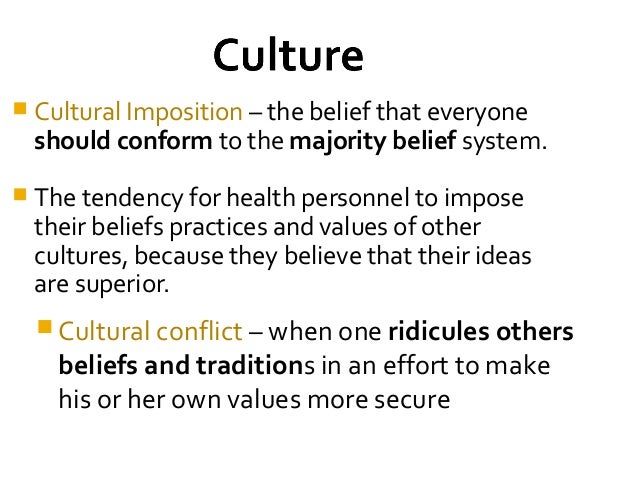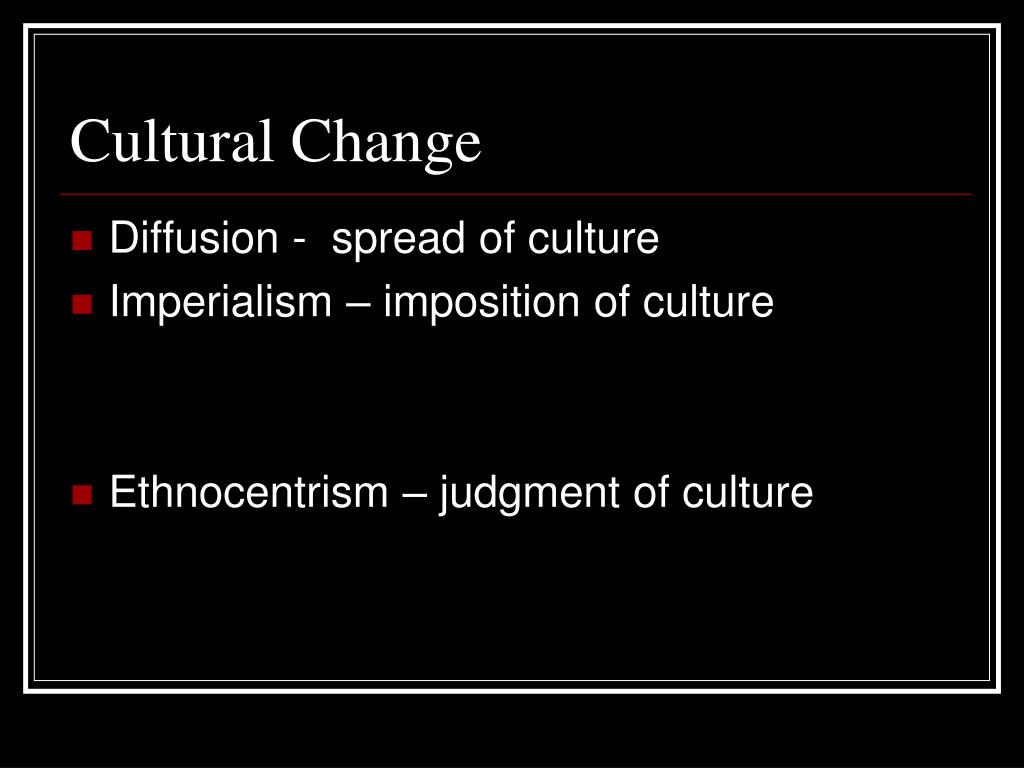

In other words, culture provides a kind of blueprint or map for relating with others. It contains a set of readymade definitions each of us reshapes very little in dealing with social situations. It is the forms-the broad types of “behavior”-and not the specific contents of behaviour that are found in all cultures.Ĭulture is essential to our humanness. It is important to keep in mind that at no point do cultural universals carry down to the actual details of what people say and do. Included among the eighty-eight general categories of behaviour are such practices as behavioural patterns of cleanliness training, food taboos, and funeral rites such principles of social organization as property rights, religious practices, and kinship arrangements, such practical knowledge as fire making, the use of tools and names for different plants. The renowned anthropologist Murdock has produced an itemized list of cultural traits that he claims has universal application. Material aspect of culture which comprises the physical and touchable implements or objects such as wears, computer, spoon, pot, cup, cutlass, building, phone, and sandal, is also invaluable and complementary. Sociologically, many activities of members of any society such as eating, music, dancing, occupation, education (formal, informal, and nonformal), visiting friends, courtship, marriage (its forms and types), beliefs (festivals and liturgies), naming and burial ceremonies, entertaining friends and guests, greetings, and system of government, are all found within the confine of nonmaterial culture which is the exclusive preserve and concern of this study. Culture therefore has two essential qualities: first, it is learned and second, it is shared. Since the genesis of culture, is as old as man himself, without it, man is reduced to an animal. If, as Tylor asserted, “culture is that complex whole which includes knowledge, belief, arts, morals, customs, laws and other capabilities which are learned, shared by men as members of society, and transmitted from one generation to another.” Any laxity, lassitude, and levity exhibited by its custodians would result in rapid erosion and disappearance of the uniqueness of the people and their culture. In order for a society to operate functionally and effectively, they must ensure and maintain strict and constant adherence to the various components of their culture. Nevertheless, no two cultures, when juxtaposed are absolutely identical as attested to by ethnographers. In fact, all societies across the globe have various and divergent cultures which they cherish and practice. It is their underlying distinguishing factor from other peoples and cultures. The culture of a people is their identity as it affords them due recognition. Linton states that “the culture of a society is the way of life of its members the collection of ideas and habits which they learn share and transmit from generation to generation.” Indeed, “culture is a design for living held by members of a particular society”. Put another way, there is conspicuous sociological interplay among the concepts of culture, nurture, and nature.įurther when mirrored with sociological panorama, both the macro- and micro-sociological tentacles, which subsume the entirety of social institutions, are determined by culture an all-including sociological and anthropological concept that is ineluctable for the existence and functionality of any social group. In the same vein, going by the theory of environmental determinism, the culture of any society is largely dictated by its geography. For a society to be societal it must be cultural therefore, society and culture are also intertwined. In sub-Saharan Africa, people and culture are inseparable since there is no denial of the fact that what makes any human society is its culture a Latin word which was derived from “colore” meaning to practice or cherish. The study concludes that forceful imposition of foreign culture should be discouraged. Also, it was found that there is a positive relationship between the local family structure and the foreign culture. The study found out that there is a positive relationship between social forces such as colonialism, westernization and erosion of cultural values. Chi-square statistics was used in testing the hypotheses.

Simple statistics like frequency distribution, percentile were used. This study was carried out in ado-odo/ota lga, with a sample size of 203. Social change theory was used in this paper.

This paper therefore is aimed at examining the causes and consequences of rapid erosion of cultural values in nigeria.


 0 kommentar(er)
0 kommentar(er)
